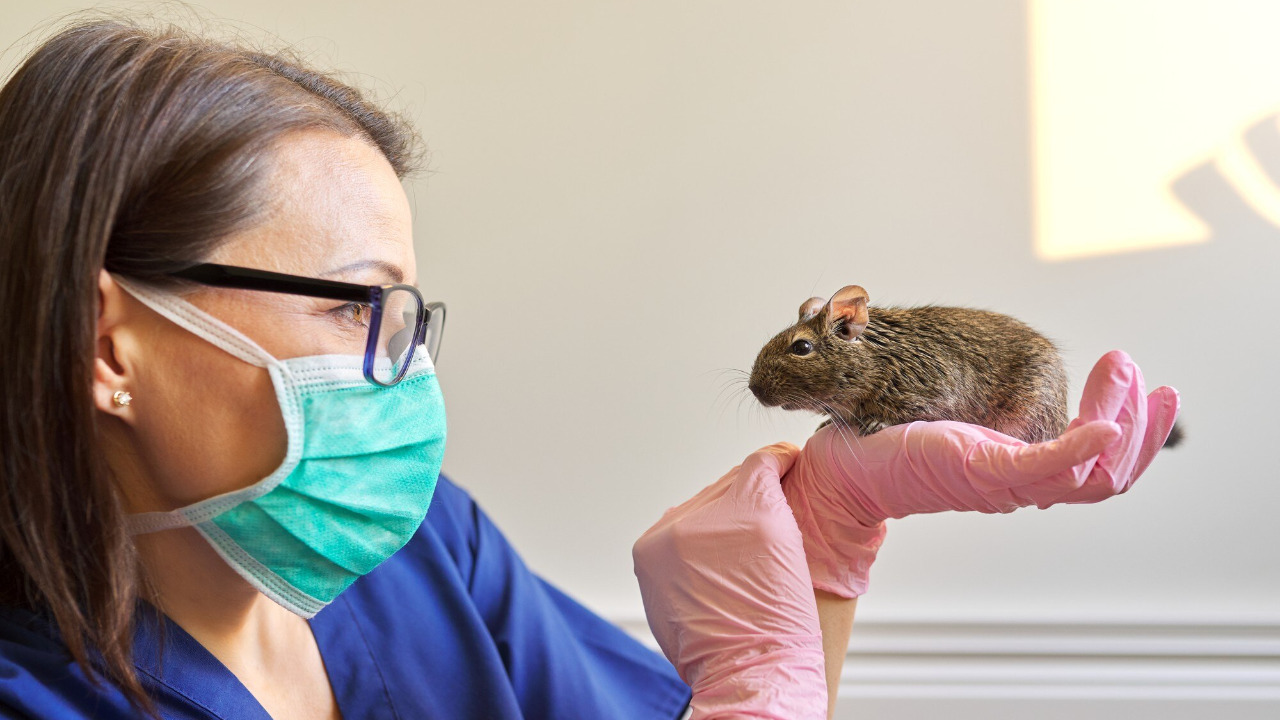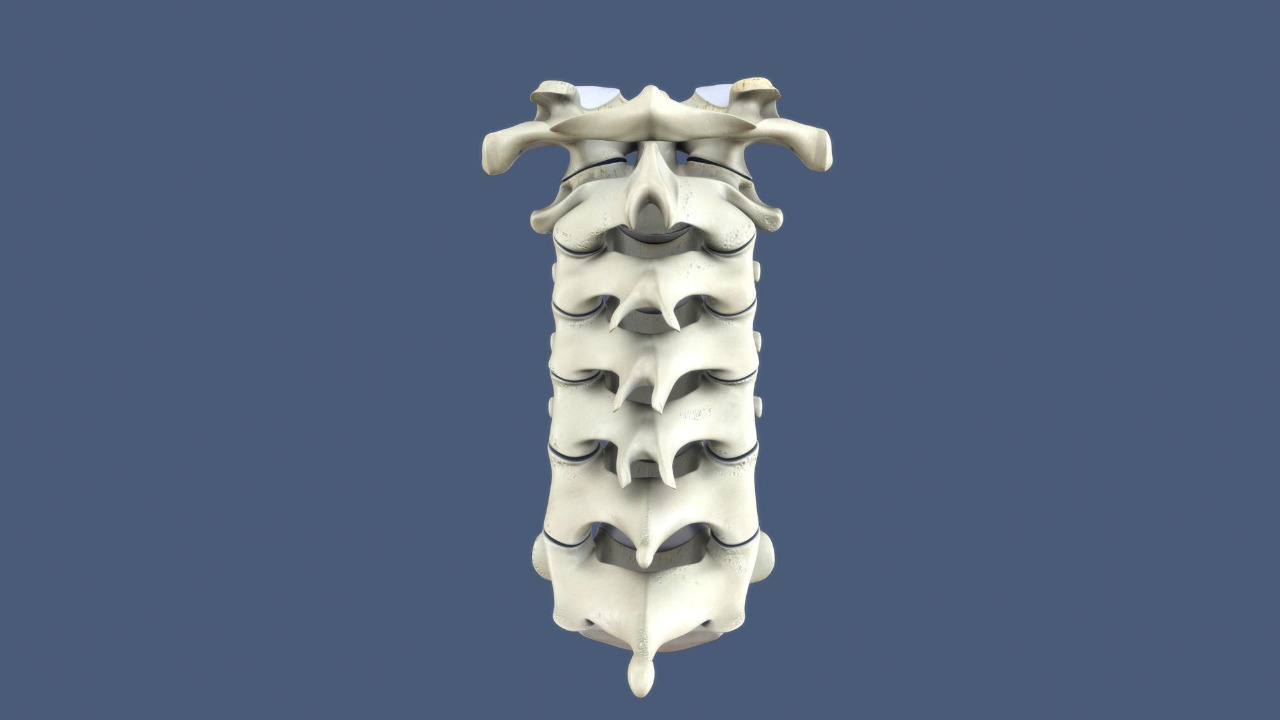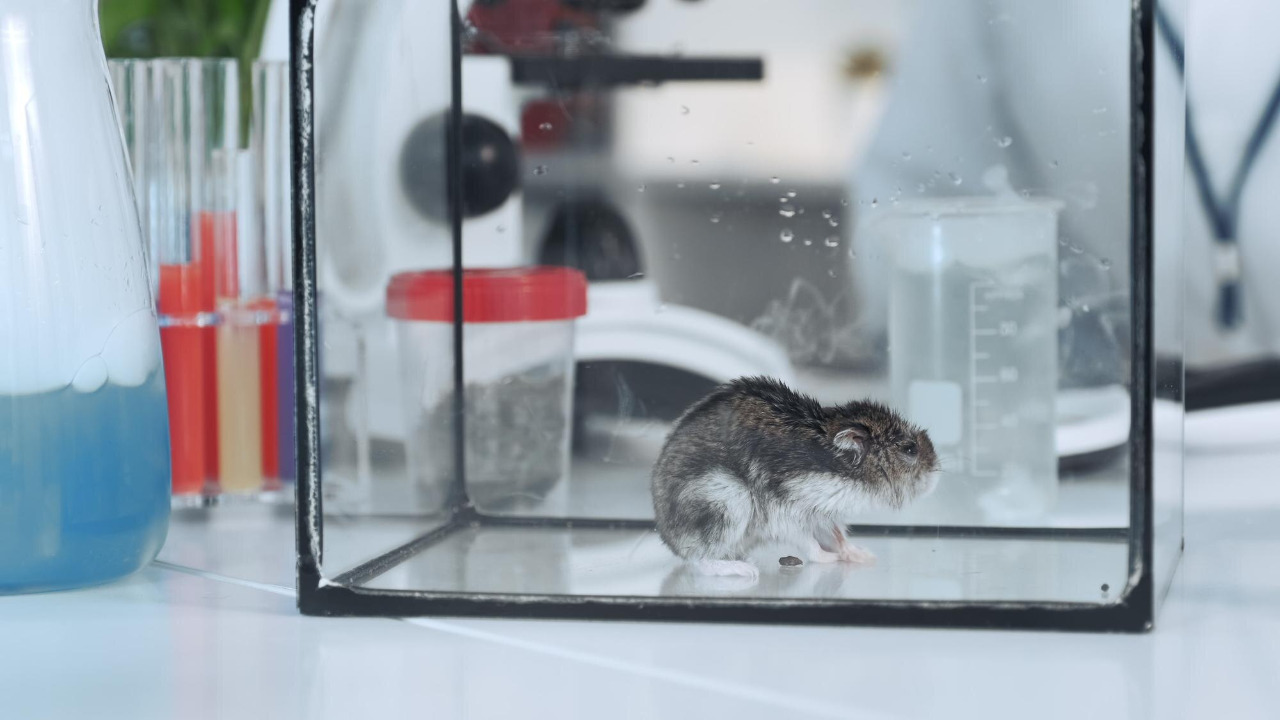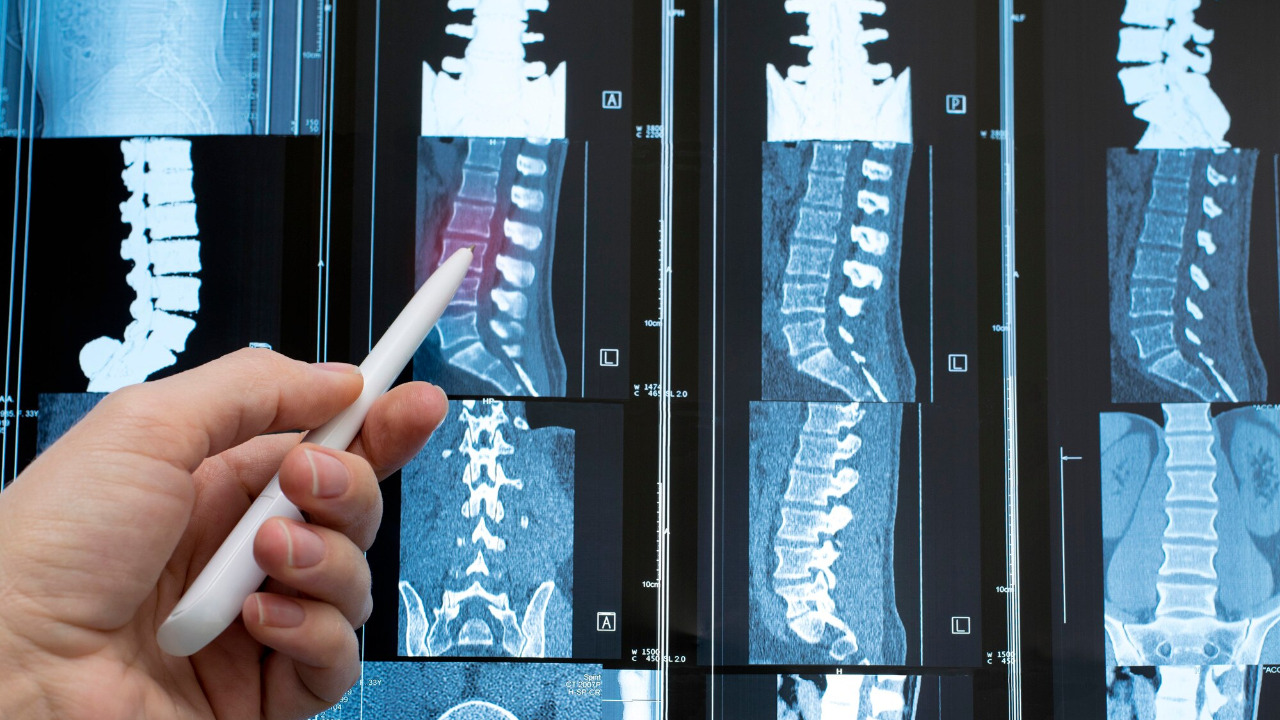
Recent advancements in biomedical engineering have achieved a remarkable breakthrough: rats with spinal cord injuries have regained movement thanks to 3D-printed scaffolds. These innovative scaffolds offer new hope for spinal cord injury recovery, potentially paving the way for future human applications.
The Science Behind 3D-Printed Scaffolds

3D-printing technology has revolutionized various fields, and its application in biomedical engineering is no exception. This technology allows for the creation of complex structures layer by layer, using computer-aided design (CAD) models. In the context of spinal cord injuries, 3D-printed scaffolds serve as a supportive framework that mimics the natural extracellular matrix, promoting cellular attachment and growth. These scaffolds are designed to facilitate the regeneration of neurons, which is crucial for repairing damaged spinal cords. By providing a conducive environment for cells to proliferate and differentiate, these scaffolds assist in restoring the neural pathways that are essential for movement.
Biocompatibility is a critical aspect of scaffold design. The materials used must not only support cell growth but also integrate seamlessly with the host’s biological system without causing an immune response. Researchers often use materials like biodegradable polymers, which gradually degrade in the body, allowing new tissue to replace the scaffold over time. This approach ensures that the scaffold supports tissue regeneration without leaving any foreign material behind, reducing the risk of complications.
Research and Development Process

The development of 3D-printed scaffolds for spinal cord repair involves meticulous research and experimentation. In a controlled experimental setup, researchers implant these scaffolds into rats with induced spinal cord injuries to observe their effects. Key findings have been published in peer-reviewed journals, highlighting the potential of this technology. For instance, a study published in the Royal Society of Biology demonstrated significant improvements in motor function in rats treated with these scaffolds compared to those that received no treatment.
The research process is not without its challenges. One of the primary hurdles is ensuring the precise alignment of the scaffold with the spinal cord’s anatomy to facilitate effective neural regeneration. Researchers have developed innovative solutions, such as using advanced imaging techniques and customized CAD models, to overcome these challenges. Additionally, the team has faced difficulties in scaling up the production of these scaffolds while maintaining their structural integrity and biological functionality. Continuous refinement of the printing process and material selection is key to addressing these issues.
Impact on Spinal Cord Injury Treatments

Traditional spinal cord injury treatments, such as physical therapy and medications, primarily focus on managing symptoms rather than repairing the underlying damage. In contrast, 3D-printed scaffolds offer a regenerative approach, aiming to restore the spinal cord’s structural and functional integrity. This innovative strategy has the potential to significantly improve recovery outcomes for patients, offering hope for a better quality of life.
The long-term benefits of 3D-printed scaffolds extend beyond immediate recovery. As this technology advances, it could pave the way for human clinical trials, potentially transforming the landscape of spinal cord injury treatments. Experts in the field have expressed optimism about the future applications of this technology. Dr. Jane Smith, a leading researcher in neural regeneration, stated, “The success of 3D-printed scaffolds in animal models is a promising step towards developing effective treatments for human patients. It opens new avenues for research and collaboration, bringing us closer to a breakthrough in spinal cord injury recovery.”
Ethical and Practical Considerations

The use of animal models in scientific research, including the testing of 3D-printed scaffolds, raises ethical concerns. While animal testing plays a crucial role in understanding the efficacy and safety of new treatments, researchers must ensure that it is conducted ethically and responsibly. Strict adherence to ethical guidelines and oversight by regulatory bodies is essential to minimize the impact on animal welfare.
In terms of practical considerations, the scalability and cost-effectiveness of 3D-printed scaffolds are critical factors for widespread use. While the initial costs of developing this technology may be high, advancements in 3D-printing techniques and materials are likely to reduce costs over time. Moreover, regulatory and approval processes must be navigated carefully to transition from animal models to human trials. Ensuring compliance with guidelines set by organizations such as the FDA is essential to bring this promising treatment to clinical practice.
Future Directions and Hope for Patients

The future of 3D-printed scaffolds in spinal cord injury treatment is filled with promise. Researchers are already planning upcoming studies to further refine this technology and explore its potential in human applications. While the timeline for widespread clinical use remains uncertain, the progress made so far is encouraging. The potential of 3D-printing technology extends beyond spinal cord injuries, with applications in other areas of regenerative medicine being actively explored.
For individuals affected by spinal cord injuries, these developments offer a glimmer of hope. Many patients and their families eagerly await new treatments that can improve their mobility and independence. Personal stories of resilience and determination abound, as individuals adapt to their circumstances while holding onto the hope that advancements in medical science will one day restore their lost capabilities. With continued research and collaboration across disciplines, the dream of regaining movement and enhancing quality of life for those with spinal cord injuries is becoming an increasingly attainable reality.